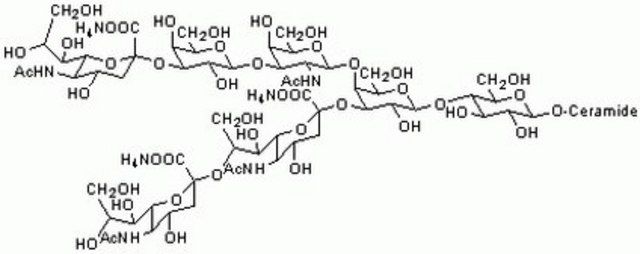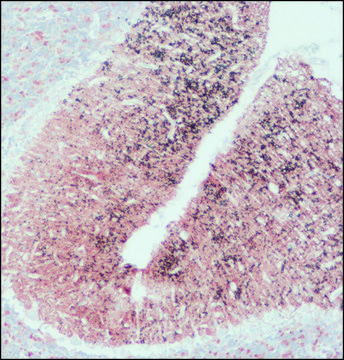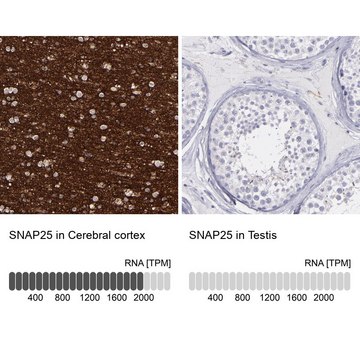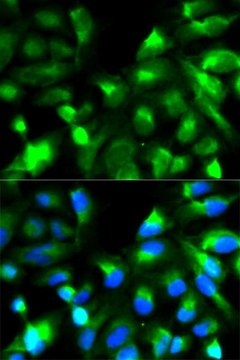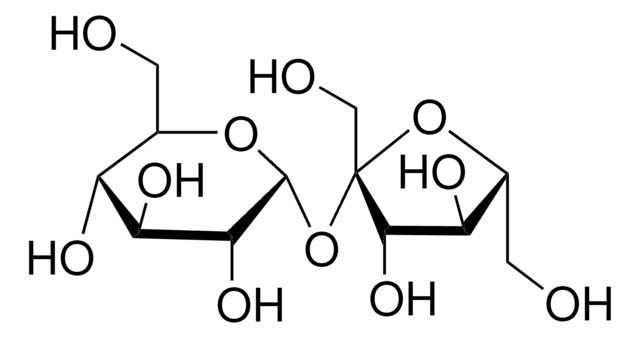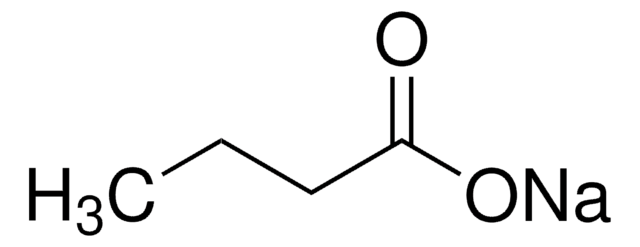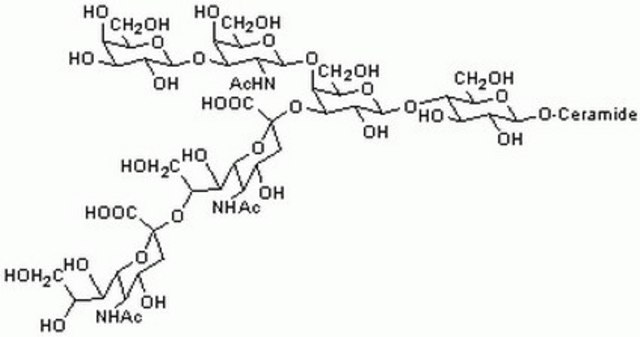S5187
Monoclonal Anti-SNAP-25 antibody produced in mouse
clone SP12, purified immunoglobulin, buffered aqueous solution
Sign Into View Organizational & Contract Pricing
All Photos(1)
About This Item
Recommended Products
biological source
mouse
Quality Level
conjugate
unconjugated
antibody form
purified immunoglobulin
antibody product type
primary antibodies
clone
SP12, monoclonal
form
buffered aqueous solution
species reactivity
pig, hamster, rat, human
technique(s)
immunohistochemistry: suitable
indirect ELISA: suitable
western blot: suitable
isotype
IgG1
UniProt accession no.
shipped in
wet ice
storage temp.
−20°C
target post-translational modification
unmodified
Gene Information
human ... SNAP25(6616)
rat ... Snap25(25012)
Immunogen
crude human synaptic precipitate.
Physical form
Solution in phosphate buffered saline containing 0.1% sodium azide.
Disclaimer
Unless otherwise stated in our catalog or other company documentation accompanying the product(s), our products are intended for research use only and are not to be used for any other purpose, which includes but is not limited to, unauthorized commercial uses, in vitro diagnostic uses, ex vivo or in vivo therapeutic uses or any type of consumption or application to humans or animals.
Not finding the right product?
Try our Product Selector Tool.
recommended
Product No.
Description
Pricing
Storage Class Code
10 - Combustible liquids
Regulatory Information
常规特殊物品
Choose from one of the most recent versions:
Already Own This Product?
Find documentation for the products that you have recently purchased in the Document Library.
Rosane Aparecida Ribeiro et al.
Experimental physiology, 97(9), 1065-1073 (2012-05-01)
Ageing is associated with an increased impairment in glucose homeostasis and an increased incidence of type 2 diabetes. In this study, we evaluated β-cell function and its implications for glucose homeostasis in 24-month-old female Wistar rats. Aged rats showed lower plasma
Aysegul Ilhan et al.
Molecular and cellular endocrinology, 298(1-2), 1-10 (2008-11-18)
This study was performed on the basis of previously obtained investigative gene array data concerning the over-expression of CXCL12/SDF-1 in human insulinomas versus human pancreatic islet preparations. The presence of CXCL12/SDF-1 was studied by RT-qPCR in human insulinomas (n=8) versus
Satoshi Asano et al.
Biology open, 3(6), 463-474 (2014-05-09)
We previously reported that phospholipase C-related catalytically inactive protein (PRIP)-knockout mice exhibited hyperinsulinemia. Here, we investigated the role of PRIP in insulin granule exocytosis using Prip-knockdown mouse insulinoma (MIN6) cells. Insulin release from Prip-knockdown MIN6 cells was higher than that
Yoshitaka Ohtubo et al.
The European journal of neuroscience, 35(11), 1661-1671 (2012-04-03)
Taste buds contain two types of taste receptor cells, inositol 1,4,5-triphosphate receptor type 3-immunoreactive cells (type II cells) and synaptosomal-associating protein-25-immunoreactive cells (type III cells). We investigated their postnatal development in mouse fungiform taste buds immunohistochemically and electrophysiologically. The cell
Shiho Honma et al.
Anatomical record (Hoboken, N.J. : 2007), 293(6), 1070-1080 (2010-02-27)
Distribution of three soluble N-ethylmaleimide-sensitive fusion protein attachment protein receptor (SNARE) proteins, syntaxin-1, synaptosomal-associated protein of 25 kDa (SNAP-25), and vesicle-associated membrane protein-2 (VAMP-2), was examined in dental pulp and periodontal ligament of the rat incisor. In the trigeminal ganglion
Our team of scientists has experience in all areas of research including Life Science, Material Science, Chemical Synthesis, Chromatography, Analytical and many others.
Contact Technical Service